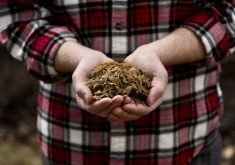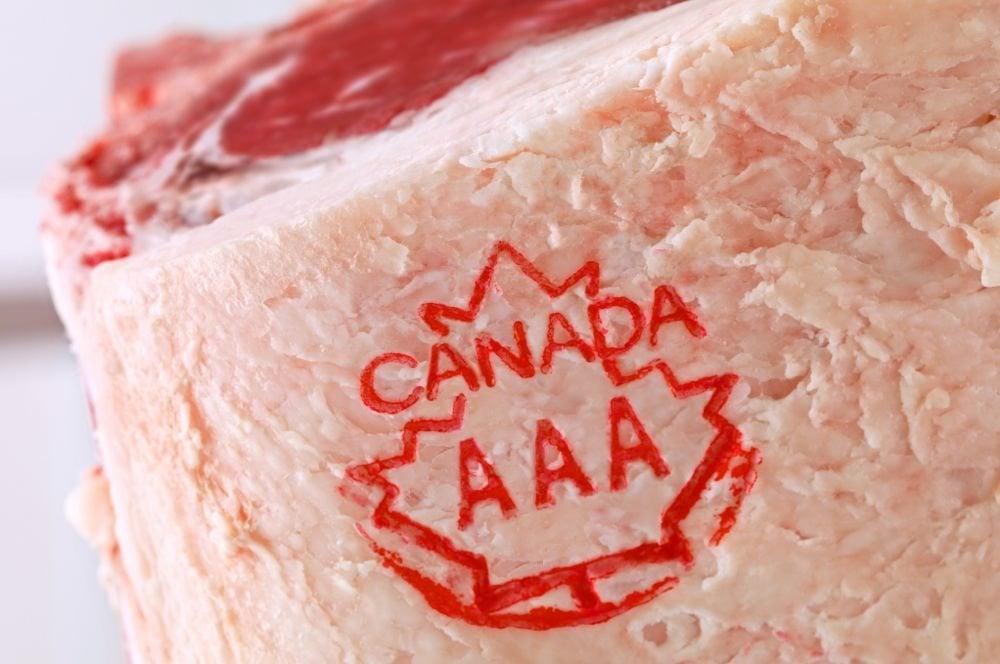January proved to be an action-packed start to 2019 for the Canadian Cattlemen’s Association (CCA). With the Comprehensive and Progressive Agreement for Trans-Pacific Partnership (CPTPP) firmly in force, and the Canada-U.S.-Mexico Agreement (CUSMA) anticipated to come into force within the expected timelines in spite of the partial U.S. government shutdown, the CCA shifted focus to the value of trade and areas for further regulatory co-operation within the North American market with key U.S. industry allies and partners.
The CCA agenda included the American Farm Bureau Federation meetings in New Orleans, Louisiana, the National Western Stock Show in Denver, Colorado, and the National Cattlemen’s Beef Association (NCBA) annual convention, also in New Orleans. The CCA also travelled to Washington, D.C., to discuss regulatory co-operation on matters including re-inspection of meat at I-Houses and the timelines for getting live cattle across borders.
Read Also

Growing Canada’s beef herd: CCA’s priorities working with new federal government
This is my first column since the federal election. The Canadian Cattle Association works with all elected officials and parliamentarians, regardless…
The CCA was also well represented on the home turf, with leadership attending the Ontario Cattle Feeders Association and Saskatchewan Cattlemen’s Association meetings, the Saskatchewan Beef Industry Conference and earlier this month (February) Manitoba Beef Producers meetings.
The ratification of CUSMA is on the minds of beef cattle producers on both sides of the border. As I wrote this column, the ongoing U.S government shutdown was in its third week. If not resolved by January 12, 2019, it would become the longest such shutdown in U.S. history. NCBA senior vice-president of government affairs Colin Woodall said the partial shutdown has many in the cattle industry concerned. The biggest problem is the uncertainty it creates, he said.
Getting the USMCA (as it is called in the U.S.) ratified is the NCBA’s top trade priority and the same is true in Canada, where the agreement is known as CUSMA. The CUSMA will come into force the first day of the third month of all countries completing their respective ratification process. Mid-March had been the popular estimate of the earliest that the U.S. Congress could approve the agreement. In early December, U.S. President Donald Trump triggered the six-month notice for the U.S. to withdraw from the old NAFTA as a means to gain leverage over Congress to move diligently in approving the new agreement. The CCA will continue to monitor the situation closely.
The effort is important to the competitiveness of the Canadian beef cattle industry. The U.S. remains the industry’s largest export market accounting for about 75 per cent of Canada’s beef exports. Japan was Canada’s second-largest export market again in 2018, accounting for about eight per cent of exports. Hong Kong and Macau were the third-largest export market, Mexico was the fourth largest, and China rounded out the top five.
With North American meat supplies set to continue to grow in 2019, domestic and international demand will be critical. Market risk is elevated if trade disputes limit trade and/or policies/market factors have an impact on the North American or global economy, and ultimately beef demand.
A recent Canfax recap of 2018 had me thinking about the longer-term view as I preg-checked my herd this winter and set about making management decisions for the upcoming year.
Western Canadian cattle prices in 2018 were often the highest in North America. Going forward, the basis will remain important to follow if Canada can maintain relatively stronger prices. The strong basis levels can add $150/head to the Canadian market. If the price relationship moves back to more historical levels, it will likely have an impact on cattle flows regarding cattle exports and imports.
Weather will continue to be a key factor along with the Canadian dollar. The weaker loonie of 2018 has certainly supported Canadian cattle prices. The dollar spent most of the year under 78 U.S. cents, but a dollar over this level or 80 cents would have a negative impact on prices.
And then there is the Canadian herd itself. Canadian cattle inventories stabilized between 2015 and 2017 to around 12.5 million head, with beef cow inventories near 3.7 million. Weather-related challenges in Western Canada in the spring of 2018 resulted in higher cow slaughter earlier in the year. Feed shortages in some areas, and much higher feed costs also pushed up beef cow culling rates which, along with a decline in breeding heifer inventories, makes for a smaller than expected calf crop in 2019.
Despite a flat cattle herd, Canadian beef production has been on the rise, supported by keeping a larger proportion of cattle in Canada. According to Canfax, total live cattle exports in 2018 will be around 600,000 head and be near the smallest level since the border re-opened in 2005. The recent peak in live exports was 2014, when total cattle exports were over 1.2 million head. The interesting development in live cattle trade in 2018 is that both Canadian feeder cattle exports and imports increased. Feeder exports through October were a modest 172,000 head, up 41 per cent from 2017, while imports were up 130 per cent to 142,000 head.
Beef exports have been supported by larger beef production and are projected to be 4.5 per cent higher in 2018 than 2017, and more than 10 per cent larger than 2016. Total exports are expected to be more than 396,000 tonnes, the largest export volume since 2010.
It will be interesting to see how 2019 pencils out.
Until next time.
















